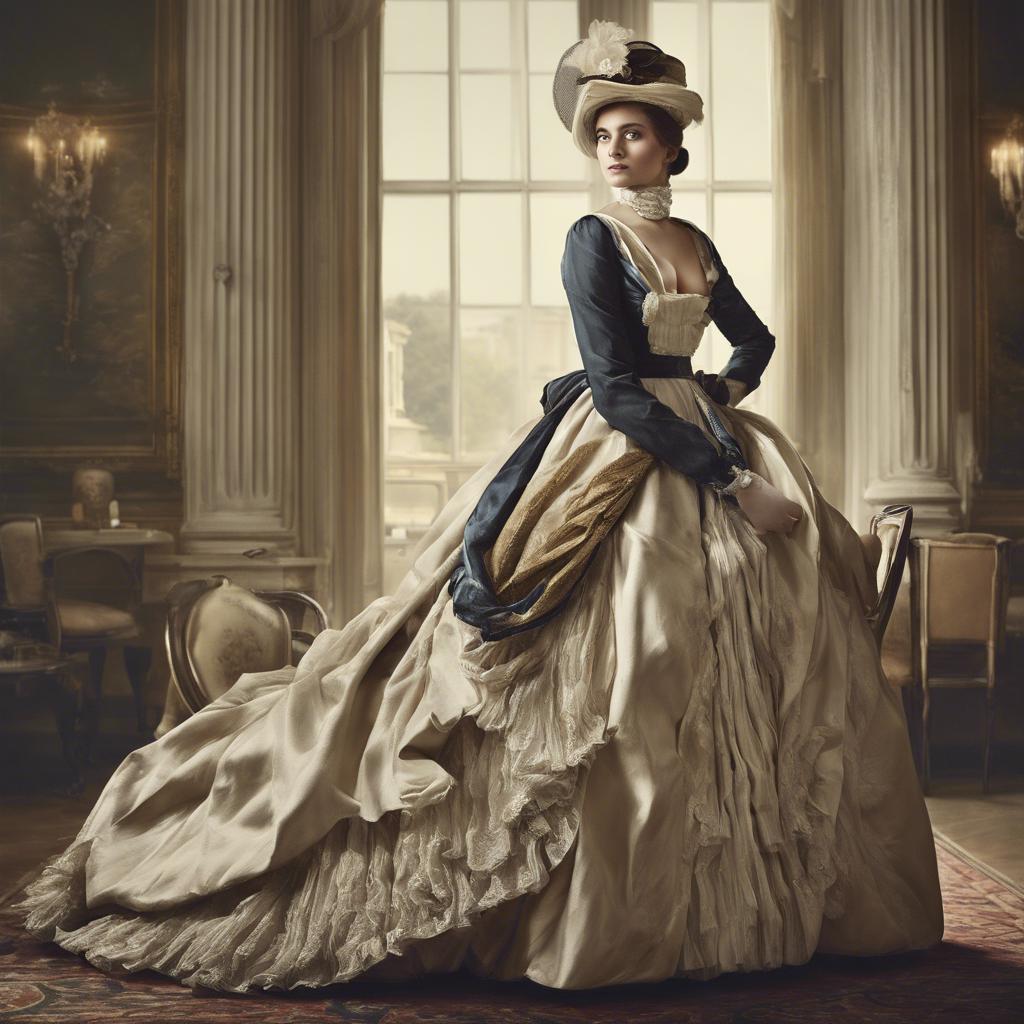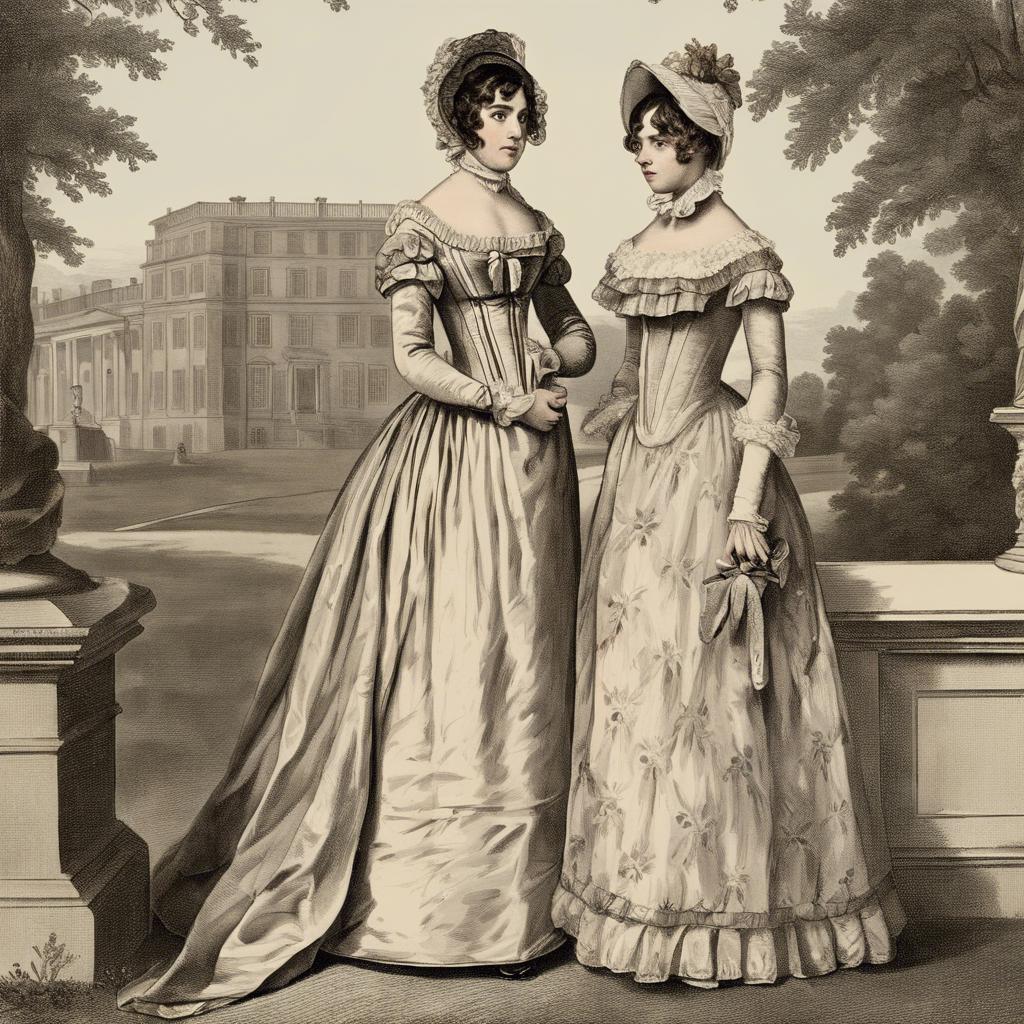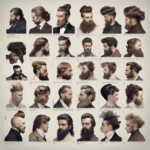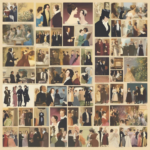In the early 19th century, the Regency era brought about a revolution in fashion that reflected the social and cultural norms of the time. This period, marked by the reign of King George III and the regency of his son, the future King George IV, saw a distinctive shift in clothing styles that continue to capture our imagination today. From the elegant gowns of the ladies to the dashing attire of the gentlemen, the fashion of the Regency era in Pride and Prejudice not only reflected class distinctions and societal norms, but also served as a form of expression and status symbol. Join us as we delve into the intricate world of Regency era fashion as depicted in Jane Austen’s beloved novel Pride and Prejudice.
Step Into the World of Cheryl Bolen
Dive into the enchanting stories of love, intrigue, and elegance set in the Regency Era. Cheryl Bolen's novels offer timeless romance and captivating tales that will leave you wanting more.
Explore Cheryl Bolen's Books Now
Heading 1: Elegance and Sophistication of Regency Era Fashion
In the Regency Era, fashion was a symbol of elegance and sophistication, reflecting the societal norms and values of the time. Women’s fashion during this period was characterized by empire waistlines, delicate fabrics, and intricate embroidery. The silhouette was slender and high-waisted, emphasizing a natural and graceful posture.
One of the most iconic pieces of Regency fashion is the empire dress, which features a fitted bodice and a flowing, floor-length skirt. This style of dress was popularized by the famous author Jane Austen in her novels, such as “Pride and Prejudice.” Women accessorized their outfits with bonnets, gloves, and shawls, adding a touch of femininity to their ensemble.
Menswear in the Regency Era was equally as elegant, with men donning tailored coats, waistcoats, and breeches. The attire was completed with top hats, cravats, and leather boots, showcasing a refined and distinguished look. Fashion was a form of expression and status during this time, with individuals dressing to impress and adhere to societal expectations.
Heading 2: Detailed Analysis of Silhouettes and Fabrics in Pride and Prejudice Attire
In the regency era portrayed in “Pride and Prejudice,” fashion was a key indicator of social status and cultural norms. The silhouettes of women’s attire during this period were characterized by high waistlines, empire cuts, and delicate fabrics. These silhouettes were designed to accentuate the delicate and feminine figure, while also allowing for ease of movement and comfort.
Fabrics played a crucial role in defining the fashion of the regency era. Lightweight and flowing fabrics such as muslin, silk, and fine cotton were highly favored for women’s gowns. These fabrics were chosen not only for their aesthetic appeal but also for their practicality in the warm and humid climate of England. The use of these fabrics allowed for intricate draping and gathering techniques, creating a sense of ethereal beauty and elegance in regency attire.
In “Pride and Prejudice,” we see a wide range of fabrics and silhouettes used to convey the personalities and social standing of the characters. From the rich and luxurious fabrics of the wealthy elite to the simpler and more practical fabrics of the middle class, each character’s attire serves as a visual representation of their place in society. The attention to detail in both silhouette and fabric choices adds depth and authenticity to the portrayal of regency fashion in the beloved novel.
Heading 3: Recommendations for Modern Interpretations of Regency Era Fashion Trends
In order to capture the elegance and sophistication of Regency era fashion trends in a modern context, consider incorporating the following recommendations:
1. Embrace Empire Silhouettes: Emulate the classic empire silhouette that was popular during the Regency era by opting for dresses and tops with high waistlines that create a long, flowing look. Pair these pieces with delicate accessories such as ribbons or lace for an added touch of authenticity.
2. Incorporate Regency-inspired Fabrics: Choose fabrics such as silk, satin, and muslin to evoke the luxurious textures that were favored during the early 19th century. Look for garments with intricate embroidery or delicate embellishments to add a touch of opulence to your ensemble.
3. Pay attention to Regency-era Details: To truly channel the spirit of the Regency era, pay close attention to details such as empire waistlines, puffed sleeves, and delicate ruffles. Opt for hair accessories like ribbons or combs adorned with pearls or crystals to complete your look with a touch of authenticity and elegance.
These recommendations will help you bring the timeless style of Regency era fashion into the modern day while honoring the classic beauty and grace of the period.
Heading 4: Evolution of Fashion Trends in the Regency Era: From Gowns to Accessories
In the Regency Era, fashion trends underwent a significant transformation, reflecting the changing societal norms and values of the time. One of the most iconic fashion pieces of this period was the empire waist gown. This style featured a high waistline, just below the bust, which created a flattering and elegant silhouette for women. These gowns were often made from light and flowing fabrics such as muslin or silk, adorned with delicate embroidery or intricate lace trimmings.
As fashion evolved in the Regency Era, accessories also played a crucial role in completing an outfit. Women began to accessorize their attire with gloves, shawls, fans, and parasols, adding a touch of sophistication and refinement to their overall look. Gloves were particularly popular and came in various lengths, materials, and colors, serving both a practical and decorative purpose. Shawls, often made from cashmere or silk, provided warmth and added a fashionable layer to the ensemble.
Furthermore, the Regency Era saw a shift towards more minimalist and refined jewelry styles. Women adorned themselves with delicate pieces such as pearl earrings, simple necklaces, and dainty bracelets, reflecting a sense of elegance and restraint in their accessorizing choices. Jewelry was often understated yet carefully selected to complement the overall look, emphasizing quality over quantity in a true reflection of the refined tastes of the time.
To Wrap It Up
the Regency era was a time of elegance and refinement in fashion, as exemplified in the iconic attire seen in Jane Austen’s “Pride and Prejudice”. The intricate details, delicate fabrics, and sophisticated silhouettes reflected the societal norms and values of the time. As we continue to be inspired by the fashion of this era, let us not only appreciate the beauty of the garments but also the cultural significance they hold. Let us honor the legacy of Regency era fashion by preserving and celebrating its timeless charm.


